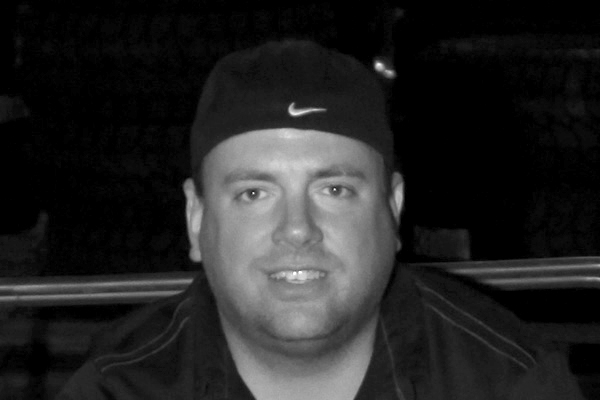
 Pete Trasborg
Brand Manager, Jp
Pete Trasborg
Brand Manager, Jp
Yeah, yeah, after trashing the four-cylinder Jeep at every corner and telling you guys to to just go buy a six-cylinder we are going to show you some ways to make power.

The 2.5L four-cylinder put in the Wranglers from ’87-’03 was a beast. Not a beast in the power department, but a beast in that it can take a beating and it lasts forever. We run out of fingers and toes when we try to count the number of Jeepers who are just waiting for the four-cylinder to die so they can swap in a more powerful engine. This author swapped one out at 350,000 thousand miles. They can go further than the sixes, but because of their lack of power, they don’t get near the attention. We are going to cover the multiport-injected engines because there just isn’t much support for the ’87-’90 TBI-injected models.
In stock trim, the little engine that can is rated at about 120hp/140lb-ft for the 2.5L and 147hp/165lb-ft for the 2.4L. When compared to the four-cylinders that powered the earliest Jeeps, that sounds like a lot. Although when you consider the curb weight it had to push around was 3,200 pounds, it sounds like a bit less. Jeep typically put 4.10 gears in the differentials of the four-cylinder models to offset the lack of power.
Like any other engine, if you let it breathe better and ignite more fuel, it will make more power. But beware, bigger isn’t always better with the mighty four-cylinder.
PhotosView Slideshow








